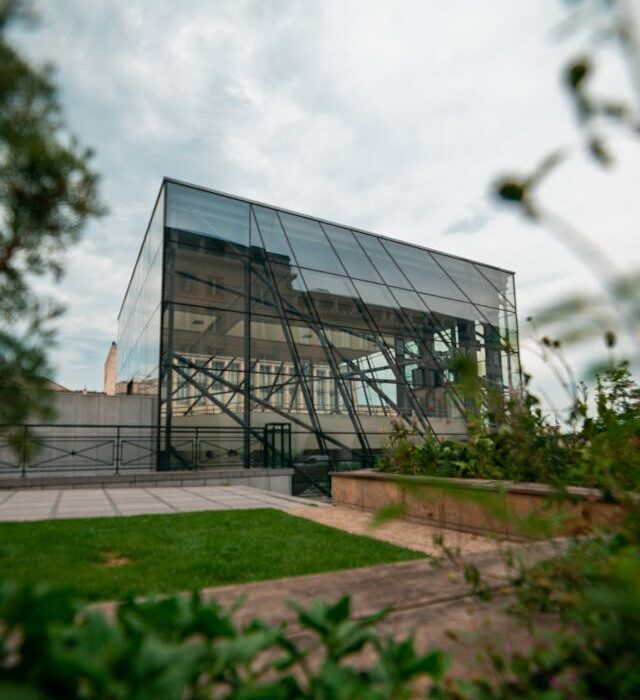Everything You Need to Know About Flat Roof Solutions
Flat roofs are a viable option for many buildings and homes, providing an array of benefits that other types of roofs might not. This article will guide you through everything you need to know about flat roof solutions, including types, benefits, installation, and maintenance.
Key Takeaway
- Flat roofs offer a unique set of advantages, including cost-effectiveness, additional usable space, and ease of installation.
- Common materials used for flat roofs include EPDM, TPO, PVC, and modified bitumen.
- Proper maintenance is crucial for extending the lifespan of flat roofs and preventing issues like water pooling and leaks.
- Choosing the right flat roof solution depends on your specific needs and budget.
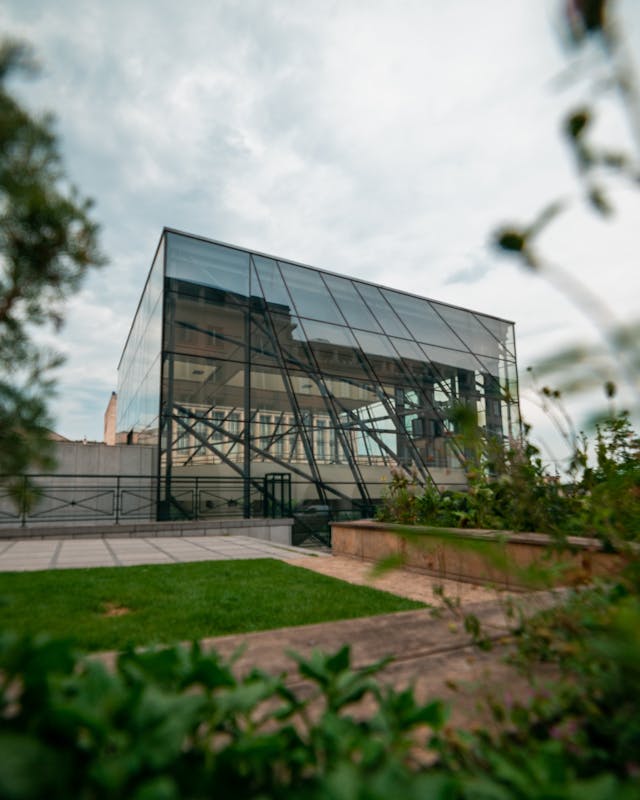
Understanding Flat Roofs
Flat roofs are horizontal or nearly horizontal roofs with a slight pitch to allow for water drainage. Commonly found in commercial buildings, flat roofs are becoming increasingly popular in residential homes due to their modern aesthetic and cost-efficiency.
Benefits of Flat Roofs
- Cost-Effective: Flat roofs are generally cheaper to install, repair, and maintain compared to pitched roofs.
- Additional Space: They offer extra usable space for HVAC units, solar panels, or even rooftop gardens.
- Ease of Installation: The straightforward structure makes installation quicker and less complicated.
Types of Flat Roof Materials
Different materials can be used for flat roofs, each with its own set of pros and cons. Below, we delve into some of the most commonly used materials.
EPDM (Ethylene Propylene Diene Monomer)
EPDM is a type of synthetic rubber that is highly durable and commonly used in flat roof installations. It’s known for its long lifespan and resistance to extreme weather conditions.
| Pros | Cons |
|---|---|
| Long lifespan | Can be punctured easily |
| Weather-resistant | Dark color can retain heat |
| Easy to install | Requires professional installation |
TPO (Thermoplastic Olefin)
TPO is a single-ply roofing membrane that combines the durability of EPDM with the performance of PVC. It is often used due to its energy efficiency and ease of installation.
| Pros | Cons |
|---|---|
| Energy-efficient | Can be costly |
| Heat-reflective | Less proven lifespan |
| Flexible and lightweight | Requires skilled installation |
PVC (Polyvinyl Chloride)
PVC roofing is known for its durability and resistance to various types of damage, including chemical and fire resistance. However, it can be more expensive compared to other options.
| Pros | Cons |
|---|---|
| Durable | Expensive |
| Fire-resistant | Not environmentally friendly |
| Resistant to chemicals | Can shrink over time |
Modified Bitumen
This material is asphalt-based and designed for flat roofs. It’s a more traditional option but still widely used due to its effectiveness and affordability.
| Pros | Cons |
|---|---|
| Affordable | Shorter lifespan |
| Easy to repair | Susceptible to UV damage |
| Good for low-sloped roofs | Requires regular maintenance |
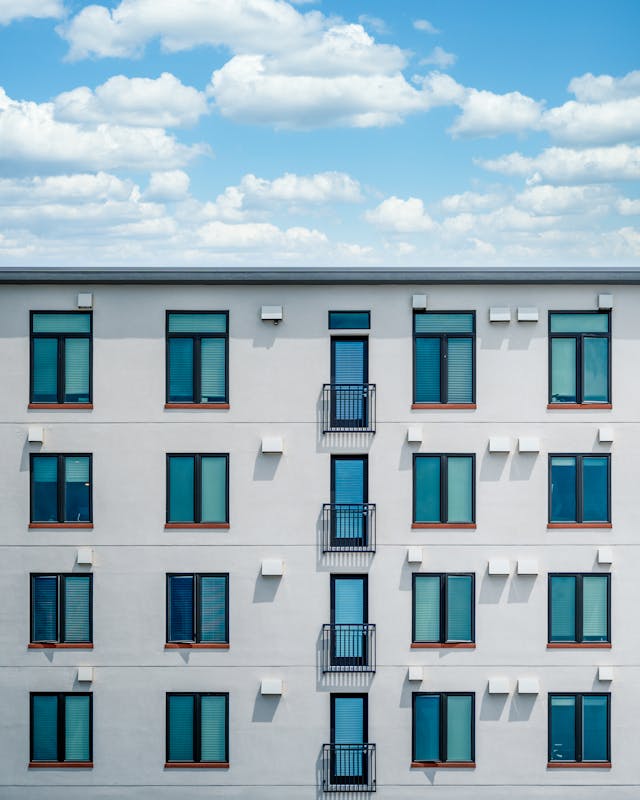
Installation Process
Installing a flat roof involves several steps, beginning with preparing the surface and ending with sealing the roof to ensure it is waterproof.
- Inspection and Preparation: Evaluate the existing surface to ensure it’s suitable for a new flat roof installation.
- Insulation: Lay down insulation to improve energy efficiency.
- Membrane Installation: The chosen roofing material is then installed. This may require adhesives, fasteners, or heat welding.
- Sealing: Ensure all seams and edges are sealed to prevent water penetration.
- Final Inspection: Conduct a thorough inspection to ensure the roof is properly installed and watertight.
Maintenance Tips for Flat Roofs
Flat roofs require regular maintenance to remain in good condition. Here are some useful tips:
- Regular Inspections: Inspect the roof at least twice a year for signs of damage or wear.
- Clear Debris: Remove leaves, branches, and other debris to prevent water pooling.
- Check Drainage: Ensure that the drainage system is functioning correctly to avoid water accumulation.
- Seal Cracks: Repair any cracks or punctures immediately to prevent leaks.
- Professional Maintenance: Schedule professional maintenance and inspections to catch problems early.
Comparing Flat Roof Materials
| Material | Lifespan | Cost | Energy Efficiency | Installation Difficulty |
|---|---|---|---|---|
| EPDM | 20-30 years | Moderate | Low | Easy |
| TPO | 15-20 years | High | High | Moderate |
| PVC | 20-30 years | High | Moderate | Easy |
| Modified Bitumen | 10-20 years | Low | Low | Easy |
Real-life Experiences and Case Studies
Commercial Building in Winnipeg
A commercial building in Winnipeg opted for a TPO flat roof due to its high energy efficiency, which was crucial for reducing operational costs. The installation was completed in under a week, and the building saw a 15% reduction in energy bills within the first year.
Residential Home in Manitoba
A residential home in Manitoba opted for an EPDM flat roof due to its durability and affordability. Despite the initial cost, the long lifespan and minimal maintenance requirements made it a cost-effective solution over time.
- According to research, asking follow-up questions is an effective strategy for gathering more information and gaining clarity. Harvard Business Review
- Framing questions in a non-threatening way can encourage more open and honest responses. Psychology Today
- Asking open-ended questions (starting with “what,” “why,” “how”) can lead to more detailed and insightful responses compared to closed-ended questions (yes/no). MindTools
- Active listening while asking questions can help build rapport and trust, leading to more productive conversations. SkillsYouNeed
- Asking clarifying questions can help ensure understanding and prevent misinterpretations. Forbes
Common Issues with Flat Roofs and How to Address Them
Flat roofs come with their own set of challenges. Here are some common issues and solutions:
- Water Pooling: Ensure proper drainage by regularly cleaning the roof and installing a slope for water runoff.
- Leaks: Regular inspections and immediate repairs can prevent leaks from causing significant damage.
- Thermal Movement: Use flexible materials like TPO or EPDM to accommodate thermal expansion and contraction.
Unique Insights and Angles
Flat roofs offer unique opportunities for homeowners and business owners alike. From creating green rooftops to installing solar panels, the possibilities are endless. Here are some innovative ideas:
- Green Roofs: Transform your flat roof into a garden or green space to improve air quality and insulation.
- Solar Panels: Utilize the flat surface for optimal solar panel installation, maximizing energy efficiency.
- Outdoor Living Spaces: Create an additional outdoor living area with seating, plants, and shade structures.
Benefits of Green Roofs
| Benefit | Description |
|---|---|
| Insulation | Improves thermal performance of the building |
| Air Quality | Reduces pollution and enhances local air quality |
| Aesthetic Appeal | Adds natural beauty to urban settings |
| Biodiversity | Supports local wildlife and plants |
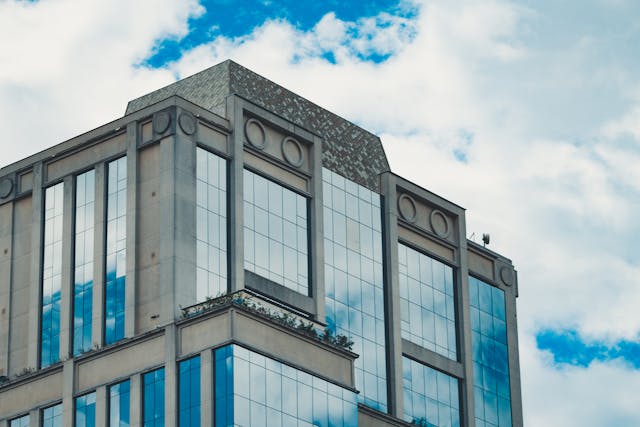
List of Additional Flat Roof Applications
- Rooftop Gardens
- Solar Panel Installations
- Outdoor Living Areas
- HVAC Systems Placement
- Storage Solutions
Future Trends in Flat Roofing
The flat roofing industry is continuously evolving, with new materials and technologies emerging. Some future trends to watch out for include:
- Advanced Membranes: Newer, more durable membrane materials that offer enhanced weather resistance.
- Sustainable Options: Increasing use of eco-friendly materials and green roof installations.
- Smart Roofing Systems: Integration of sensors and smart technology for real-time monitoring and maintenance.
Key Takeaways
Flat roofs offer numerous benefits and can be tailored to various needs with the right materials and maintenance. Understanding the different types of materials, the installation process, and the maintenance requirements can help you make an informed decision.
By using the right flat roof solution, you can ensure your building remains efficient, durable, and aesthetically pleasing. For more information or to schedule a consultation, contact Zega Roofing at +1 204-520-1441.
